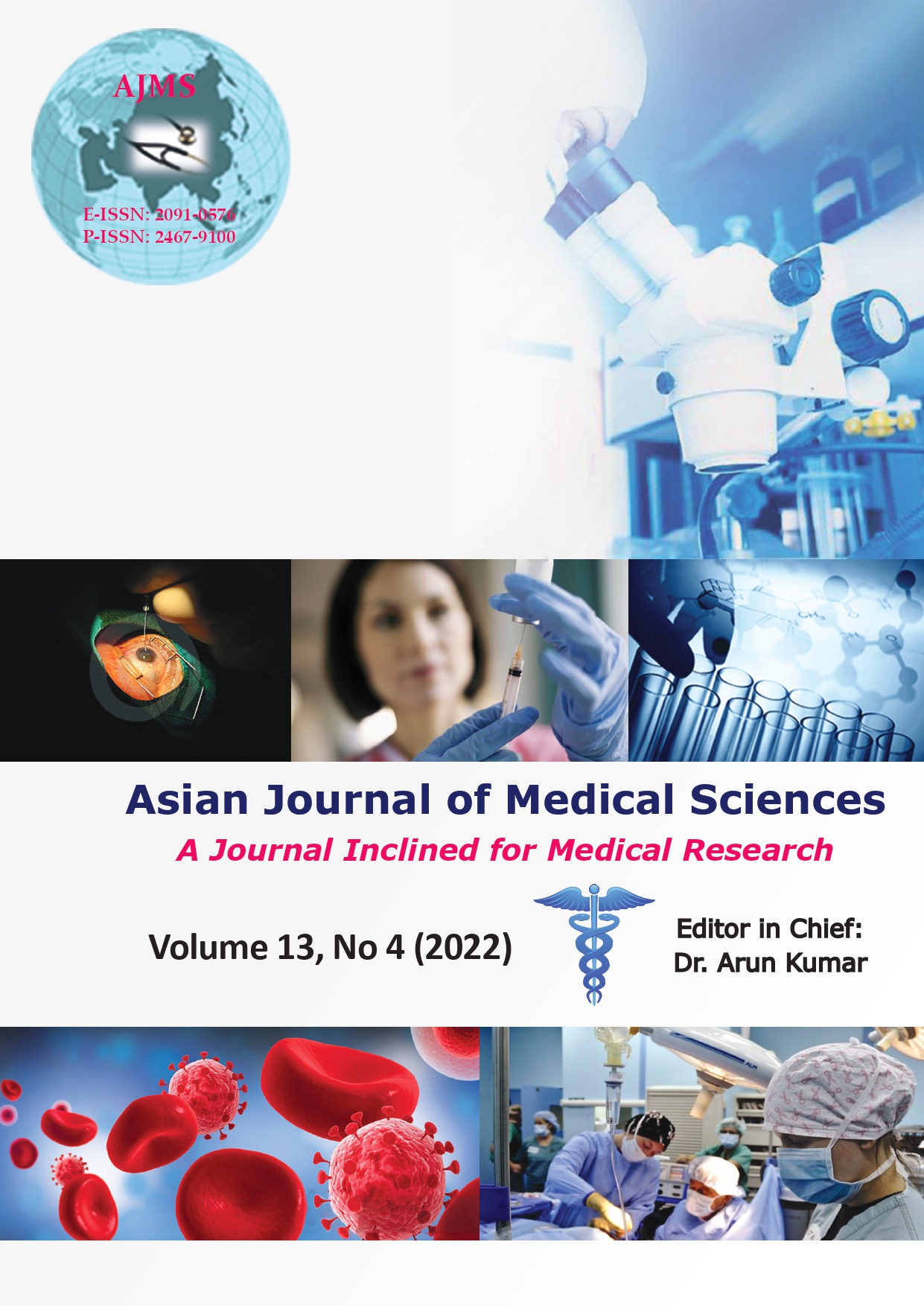Comparison of intrathecal Nalbuphine and Clonidine as adjuvants to Bupivacaine heavy for spinal anesthesia in elective infraumbilical surgeries in adult patients – a prospective study
Keywords:
Adjuvants, Clonidine, Nalbuphine, Spinal anesthesiaAbstract
Background: Post-operative analgesia is a major problem associated with relatively short duration of action of spinal-anesthetics. Intrathecal adjuvants can prolong the duration of analgesia giving better success rate & patient satisfaction.
Aims and Objectives: To assess the duration of postoperative analgesia with intrathecal bupivacaine supplemented with either nalbuphine or clonidine as adjuvants and also to assess the time of onset, maximum level and duration of sensory and motor blockade, and any postoperative complications.
Materials and Methods: Following institutional ethical committee approval 60 patients scheduled for elective infra umbilical surgeries duration of less than 2 hours, under spinal anesthesia, were included in this prospective randomized interventional study. Patients were randomly allocated to one of two groups into Group-N received 2.5 ml of 0.5 % hyperbaric bupivacine + 0.5ml of nalbuphine (0.4mg). Group-C received 2.5 ml of 0.5% hyperbaric bupivacine + 0.5 ml of clonidine (30 μg). The onset of sensory and motor blockade, duration of sensory and motor blockade, two-segment regression time from highest level of sensory blockade, and duration of analgesia was recorded.
Results: Total duration of postoperative analgesia was significantly higher in group-C(351.00±31.00 min) than in group-N(256.00±8.14 min). Though the mean time for onset of sensory and motor block among both groups was not significantly different, the mean time for complete sensory and motor recovery was significantly longer in Group-C than Group-N.
Conclusion: Intrathecal clonidine has more prolonged analgesia and motor blockade compared to nalbuphine, and hence clonidine can be preferred over nalbuphine as an intrathecal adjuvant.
Downloads
Downloads
Published
How to Cite
Issue
Section
License
Copyright (c) 2022 Asian Journal of Medical Sciences

This work is licensed under a Creative Commons Attribution-NonCommercial 4.0 International License.
Authors who publish with this journal agree to the following terms:
- The journal holds copyright and publishes the work under a Creative Commons CC-BY-NC license that permits use, distribution and reprduction in any medium, provided the original work is properly cited and is not used for commercial purposes. The journal should be recognised as the original publisher of this work.
- Authors are able to enter into separate, additional contractual arrangements for the non-exclusive distribution of the journal's published version of the work (e.g., post it to an institutional repository or publish it in a book), with an acknowledgement of its initial publication in this journal.
- Authors are permitted and encouraged to post their work online (e.g., in institutional repositories or on their website) prior to and during the submission process, as it can lead to productive exchanges, as well as earlier and greater citation of published work (See The Effect of Open Access).




